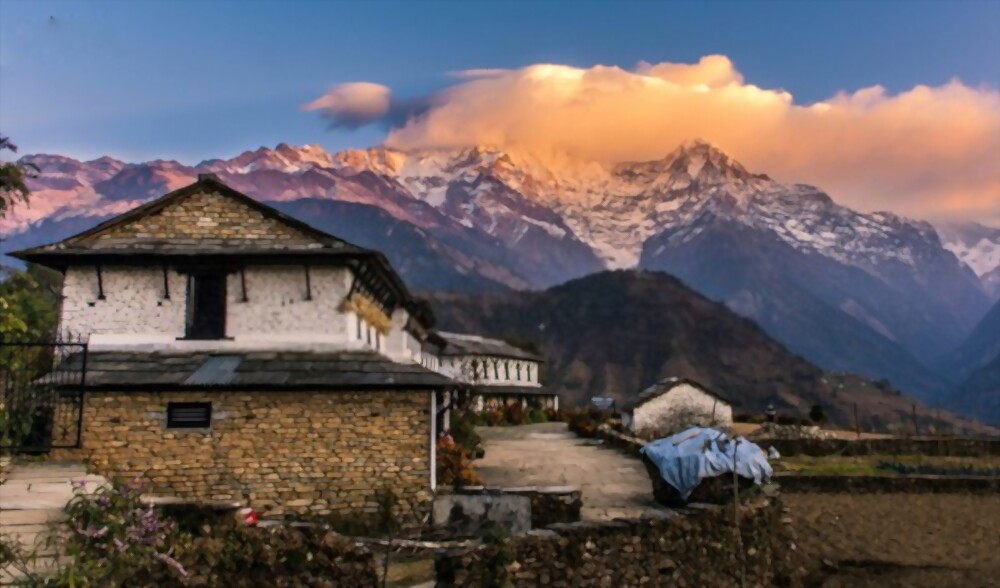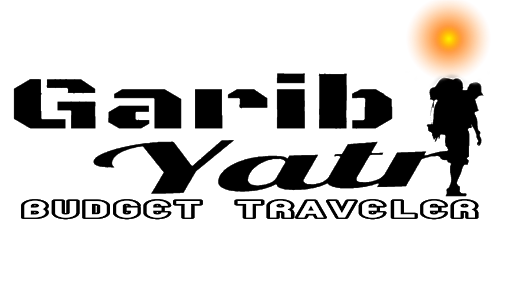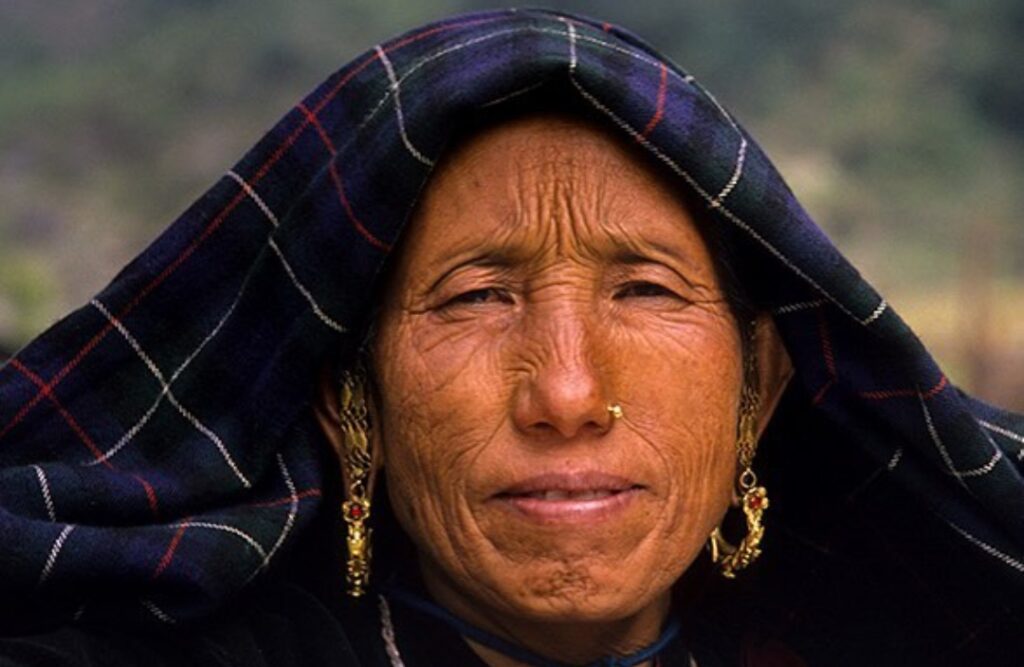A trek through the rugged, mountainous terrain of Nepal is an experience you won’t soon forget. Trekking In Nepal can be one of the most physically and mentally challenging trips you’ll ever take, but it can also be one of the most rewarding. Here are our recommendations on what to bring and how to prepare in order to make your trekking in Nepal trip go smoothly.

Why Trekking in Nepal?
Trekking in Nepal is an adventure activity that goes beyond just trekking. There are many other exciting things to experience on your trip to Nepal, as we have listed below. Read more about our guide for Trekking in Everest Region and Trekking in Annapurna Region if you are planning a trek to Everest base camp or Mustang. We will also be releasing a new book on Trekkings soon which will help you know how to plan a trek in Nepal. And if you are looking for places where you can see wildlife or visit temples, read our guide on how to explore Pokhara Lakeside and Sarangkot and Day hike around Phewa Lake or How To Explore Chitwan National Park?
When is the Best Time to Trek in Nepal?
There are two times of year that are generally considered to be prime trekking season in Nepal. Trekkers tend to prefer April to May and September to October, when temperature and humidity levels are relatively comfortable and snow is not yet a factor.
Although some companies offer treks in winter, it’s important for trekkers to know that there are still dangers associated with winter trekking in Nepal – avalanches, for example – that must be carefully considered before embarking on such a trip. When choosing between these two seasons, your biggest concern should be which time of year will enable you to fully enjoy all that makes a trek through Nepal so magical.
How Much Does it Cost to Trek in Nepal?
If you’re planning a trekking in Nepal, it’s important to understand all of your travel costs. You will have transportation costs, guide fees, and lodging along your route.
Because each trek is different, these costs can vary greatly depending on what city you depart from and where you end up. As an example of how much a trek might cost, let’s take a look at Annapurna Circuit Trek in Nepal. To start with, flights between Pokhara and Kathmandu typically cost around $100-130 U.S., but are subject to change at any time. Accommodation along the trek averages about $10 per night for meals, but can be higher or lower depending on location. Guides charge anywhere from $20-$50 per day, while porters charge anywhere from $15-$20 per day (typically split between two people). Altogether, it’s possible to spend upwards of $1,000 for a 10-day trek through Nepal!
Where is the Best Place to Stay on a Trek?
There are several areas in which to stay along a trekking in Nepal . Many trekkers use tea houses as home base, but these are only an option on certain treks. Other trekkers prefer sleeping in a teahouse and having dinner there instead of cooking their own food. I will recommend staying in hotels or ecolodges, so you can explore different parts of town and see what you like best.
What Kind of Trek Should I Go On?
Many people who decide to trekking in Nepal don’t know where to start. Nepal is home to many magnificent places and things to see. The best trek for you depends on your level of physical fitness, experience, and goals. To help you figure out what kind of trek would be best for you, here’s a quick breakdown of different kinds of treks you can go on in Nepal.
What are Some Tips for First-Time Trekkers?
When you visit a new place, it’s natural to want to take in everything around you and see as much as possible. But if you’re planning your first trek in Nepal, don’t try to cram everything into your itinerary. A better strategy is to develop a general plan and set yourself up for success. Here are some tips for trekking in Nepal: Choose an experienced guide or expedition company with a good safety record. Experience matters when it comes to reaching high altitudes and traversing difficult terrain, so choose an experienced group that includes porters, guides, cook and at least one Sherpa who will carry your backpack on steep parts of the trail—if not throughout your entire trip.
What Gear Do I Need for Trekking?
Before you book a trek in Nepal, you’ll want to make sure you have everything you need. Check out our guide to essential trekking gear below. The only thing missing is a pack mule (which we recommend if you plan on bringing anything more than your camera). If weight is not an issue, definitely bring: A good pair of hiking boots, some wool socks, and plenty of pairs of underwear. Even if you already own some items, it’s always a good idea to double check that your equipment works well with what clothing/accessories are already packed. Trekkers can find all of these things in Nepal – just be prepared for higher prices than back home!*
What is Different About an Outfitters or Third Party Trek vs. Going at It Alone?
On your own, you’ll be responsible for paying your guides and porters and getting to where you want to go. You can do that on your own, but it’s a hassle. That said, if you’re looking for a more immersive cultural experience than what most tour groups offer, going at it alone might be just what you need. An outfitters or third party trek is generally an easier option for most people—you can have someone else plan everything out for you from hotels to transportation to sightseeing spots along your journey.
Other Things To Consider When Picking Your Outfitter/Trek Operator
We’ve been leading treks in Nepal for years, and even though we know our country inside out, it still helps to know a little bit about what you should look for when picking an operator. We suggest three things when choosing a trek operator:
- Hxperience with the route you want to go on;
- Honesty in terms of what your trip will cost (there are many outfits that nickel-and-dime their clients); and
- Dependability—being confident that your trek operator will be there with guides, porters, meals and transportation at exactly as promised.
For Free Itinerary Contact me on My Instagram



